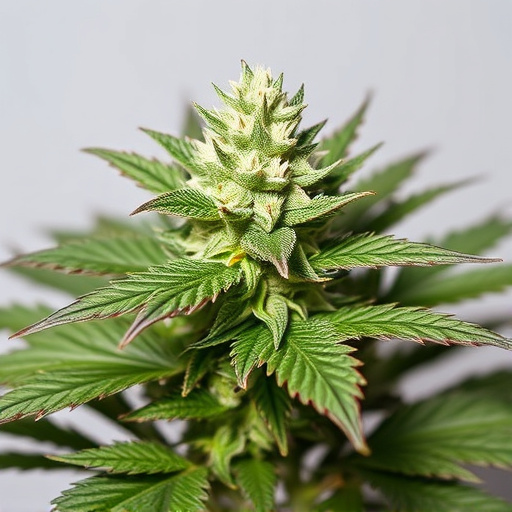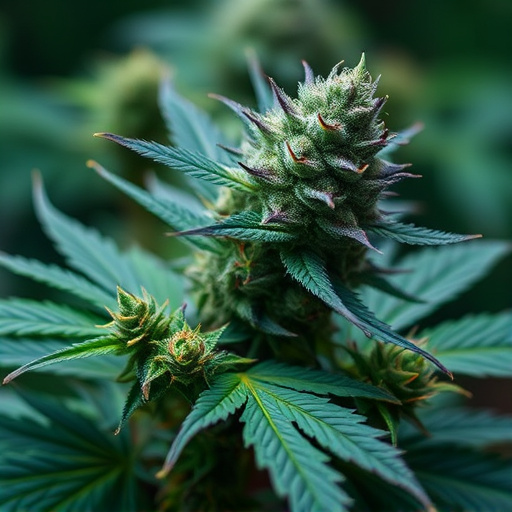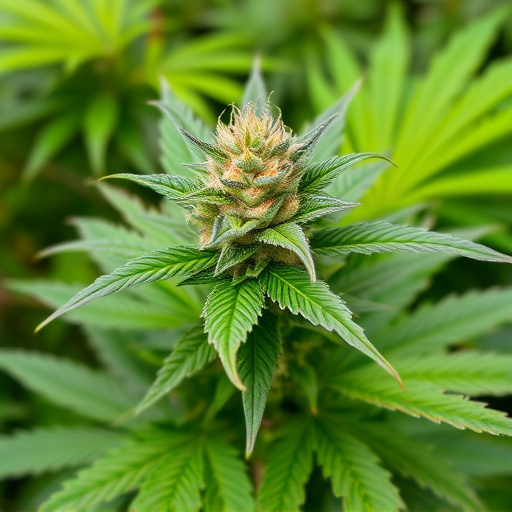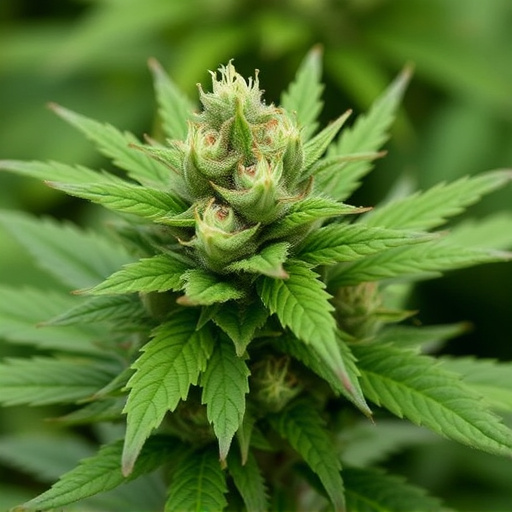While cannabis offers potential relief for fibromyalgia symptoms through specific strains rich in CBD and balanced THC, it carries risks such as coordination problems, increased heart rate, anxiety, and paranoia. Long-term use may lead to respiratory issues, mental health disorders, cognitive impairment, and medication interactions. To safely harness its benefits, follow best practices like choosing high-CBD, low-THC strains, setting consumption limits, using vaporization or edibles, consuming in relaxing environments, maintaining hydration and diet, and consulting healthcare professionals for personalized guidance on incorporating cannabis into fibromyalgia treatment plans. The 'best cannabis strains for fibromyalgia' are those aligned with these safe, balanced practices.
“Unveiling the dual nature of cannabis flower, this article delves into its potential risks and benefits, particularly for managing conditions like fibromyalgia. While cannabis has gained popularity as a treatment option, understanding its side effects and health risks is paramount. From potential cognitive impacts to the impact on mental health, we explore these hazards in detail. Furthermore, we focus on optimal practices for safe consumption, highlighting strategies to mitigate risks, especially when considering best cannabis strains for fibromyalgia.”
- Potential Side Effects and Health Risks of Cannabis Flower
- Understanding the Impact on Different Conditions: A Focus on Fibromyalgia
- Mitigating Risks: Best Practices for Safe Cannabis Consumption
Potential Side Effects and Health Risks of Cannabis Flower

Cannabis flower, while known for its potential therapeutic benefits, particularly in treating conditions like fibromyalgia through top-quality strains, is not without risks and side effects. Short-term impacts may include altered perception, coordination problems, increased heart rate, anxiety, and paranoia—especially in individuals new to cannabis or those consuming high-THC varieties. Long-term use poses more significant health risks, such as respiratory issues due to smoke inhalation, potential mental health disorders, especially in adolescents, and cognitive impairment, particularly in memory and attention.
Additionally, the effects of cannabis can interact with certain medications, affecting their efficacy or increasing side effects. Individuals with pre-existing medical conditions like heart disease, high blood pressure, or lung diseases should exercise caution, as cannabis may exacerbate these issues. The best cannabis strains for fibromyalgia, rich in CBD and balanced THC levels, can offer relief without the severe adverse effects, but it’s crucial to consult healthcare professionals for personalized guidance and dosage recommendations to mitigate risks effectively.
Understanding the Impact on Different Conditions: A Focus on Fibromyalgia

Cannabis has gained attention as a potential treatment for various conditions, including chronic pain, one of the key symptoms associated with fibromyalgia. Understanding how different cannabis strains can interact with this complex condition is essential. Fibromyalgia is characterized by widespread pain, fatigue, and sleep disturbances, making symptom management challenging. Research suggests that specific cannabis compounds, particularly certain terpenes and cannabinoids, may offer relief for fibromyalgia patients.
When exploring the best cannabis strains for fibromyalgia, it’s crucial to consider both the strain’s composition and individual patient needs. Some strains known for their pain-relieving properties include Indica variants rich in myrcene, a terpene with anti-inflammatory and analgesic effects. Additionally, hybrid strains with high CBD content have shown promise in reducing pain and anxiety without causing psychoactive effects, making them suitable for fibromyalgia management.
Mitigating Risks: Best Practices for Safe Cannabis Consumption

To mitigate risks associated with cannabis flower consumption, it’s essential to adopt best practices that ensure safety and optimize therapeutic benefits, especially for conditions like fibromyalgia where cannabis can be a game-changer. Start by understanding your desired effects and choosing the right strains—some of the best cannabis strains for fibromyalgia are known for their high CBD content and low THC levels, offering a balanced approach that reduces potential side effects.
Next, set a safe consumption limit; excessive intake can lead to adverse reactions. Consider micro-dosing, where you start with very small amounts and gradually increase as needed. Using vaporizers or edible forms is preferable over smoking to reduce lung irritation. Always consume in a comfortable, relaxed setting, and never drive or operate heavy machinery afterward. Lastly, stay hydrated, maintain a balanced diet, and consult a healthcare professional before incorporating cannabis into your treatment plan for personalized guidance tailored to your needs.
While cannabis flower offers potential therapeutic benefits, especially for conditions like fibromyalgia, it’s crucial to be aware of its risks and side effects. Understanding these dangers, such as cognitive impairment and anxiety in some users, is essential for making informed decisions. Adhering to best practices for safe consumption, including choosing the right strains like those known to alleviate pain without heightened mental effects, can help mitigate these risks. Always consult healthcare professionals before incorporating cannabis into your treatment regimen.














